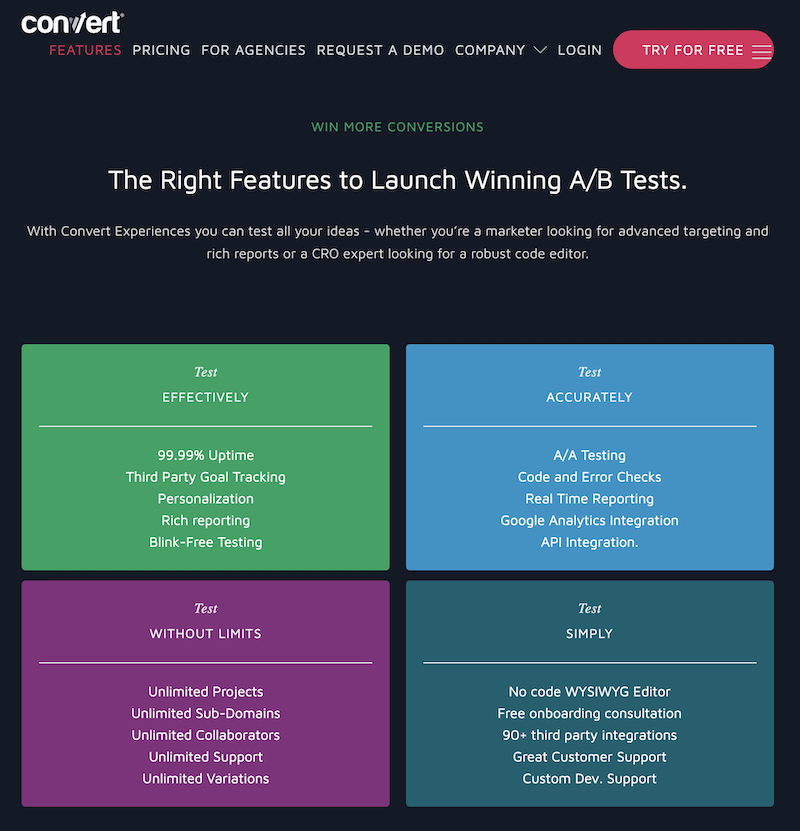A/B testing, also known as split testing, is a powerful tool used by website and app developers to optimize their platforms for success. By testing different variations of a webpage or app with users, developers can gather data and insights to make informed decisions that drive conversions and boost engagement. In this blog post, we will delve into the science behind A/B testing and explore how you can leverage this technique to enhance the performance of your digital assets.
The Benefits of A/B Testing
One of the key benefits of A/B testing is the ability to increase conversion rates and generate more revenue. By testing different elements such as CTAs, headlines, or images, developers can identify which variations drive the most conversions and ultimately increase sales or sign-ups. Additionally, A/B testing can help improve user experience and engagement by identifying which design or content elements resonate most with users. This leads to higher retention rates and more satisfied customers.
Another advantage of A/B testing is the ability to make data-driven decisions. By analyzing the results of A/B tests, developers can gain valuable insights into user behavior and preferences. This information can then be used to make informed changes and optimizations to the website or app, ensuring that every decision is backed by data.
How to Conduct A/B Testing
When conducting A/B testing, it is essential to start by identifying clear goals and metrics to measure. Whether you want to increase sign-ups, boost sales, or improve engagement, having defined objectives will help you focus your tests and evaluate their success.
Next, create variations of your webpage or app to test. This could involve changing elements such as colors, layouts, or copy. By creating distinct variations, you can compare their performance and determine which resonates best with users.
Randomly assign users to each variation to ensure an unbiased testing environment. This will help eliminate external variables and provide accurate results on the performance of each variant. Monitor key metrics such as click-through rates, conversion rates, or bounce rates, and analyze the results to determine which variation performed the best.
Best Practices for A/B Testing
When conducting A/B tests, it is crucial to test one element at a time to isolate variables and accurately determine the impact of each change. Testing multiple elements simultaneously can lead to confounding results and make it challenging to identify the cause of any performance differences.

Image courtesy of www.convert.com via Google Images
Additionally, make sure to test for a long enough duration to gather significant data. Running tests for a short period may not provide reliable results, as user behavior can vary over time. By testing for an extended period, you can ensure that your results are statistically significant and reflective of actual user preferences.
Require a large enough sample size for accurate results. Testing with a small sample may not be representative of your entire user base and can lead to misleading conclusions. By testing with a significant number of users, you can have confidence in the reliability of your test results.
Lastly, continuously iterate and optimize based on test results. A/B testing is an iterative process, and it is essential to learn from each test and apply those learnings to future optimizations. By continuously refining your website or app based on test results, you can ensure ongoing improvement and success.
Real-life Case Studies
Several leading companies have leveraged A/B testing to drive significant improvements in their websites and apps. For example, Amazon famously uses A/B testing to optimize its product pages and enhance the user experience. By testing different variations of product images, descriptions, and pricing, Amazon can identify which elements drive the most sales and conversions.
Another example is Airbnb, which extensively uses A/B testing to improve its booking flow and increase user engagement. By testing different layouts, form fields, and messaging, Airbnb can continuously optimize its platform to provide a seamless booking experience for users.
Finally
In conclusion, A/B testing is a powerful technique that can help developers optimize their websites and apps for success. By testing different variations and analyzing the results, developers can make data-driven decisions that drive conversions and boost engagement. By following best practices and learning from real-life case studies, you can leverage A/B testing to unlock the full potential of your digital assets. Start implementing A/B testing on your website or app today and watch your performance soar.



